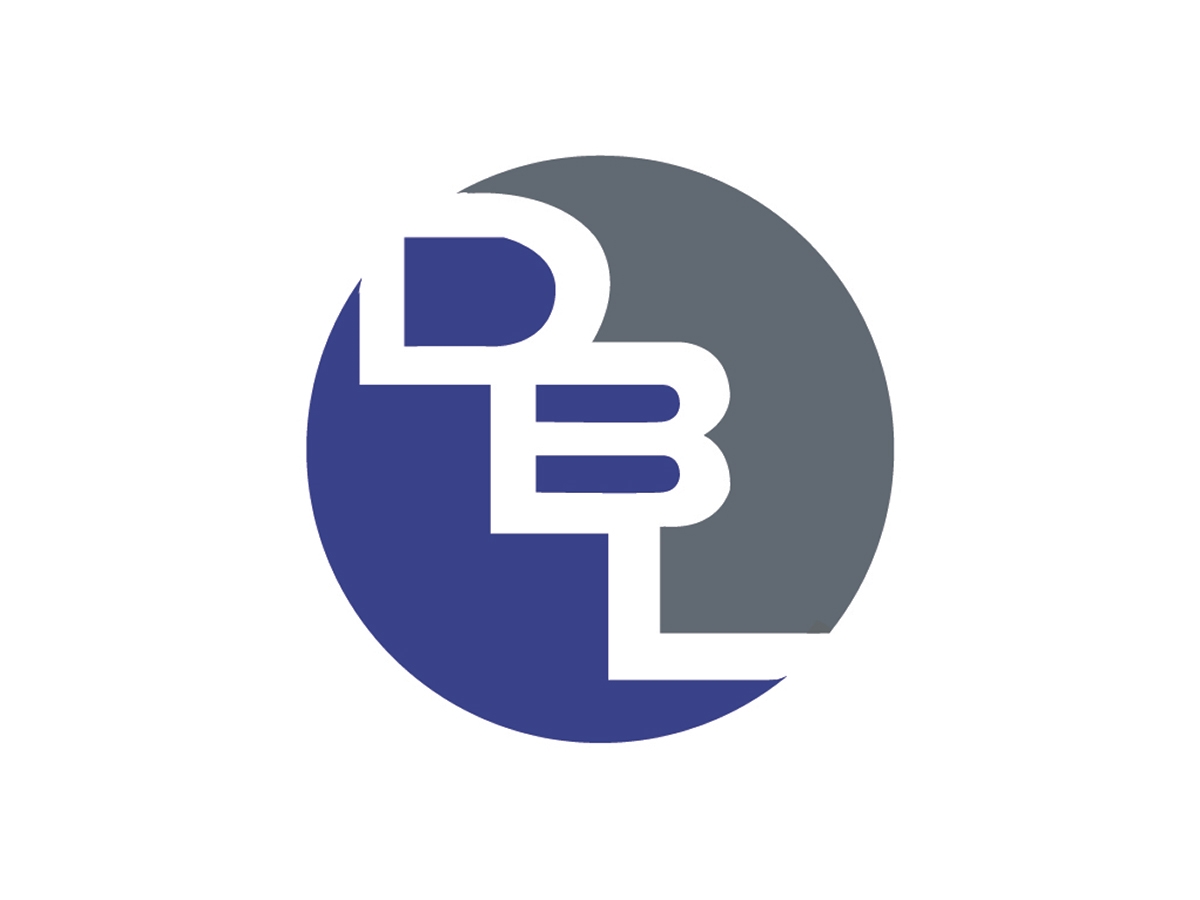The most valuable painting in the world is a portrait of Lisa Gherardini, the wife of a Florentine fabric merchant. In English, this masterpiece by Léonardo da Vinci is known as the Mona Lisa. In 1962, the painting was insured for $100 million. Based on this estimate, today, the Mona Lisa is worth nearly one billion dollars.
How can one painting hold such tremendous value? Aside from its artistic merit, another simple but equally important quality makes the Mona Lisa fabulously valuable: its uniqueness. While many copies of the quintessential Mona Lisa are available, they were not painted by Léonardo’s hand. In short, there will never be another Mona Lisa.
Today, many artists have given up their paintbrushes and canvasses for digital drawing tools, tablets, and editing software, all with incredible creative potential. Yet the value of the digital artwork created using these remarkable tools is severely limited by the fact that most digital artwork is not unique. Unlike hand-painted brushstrokes on a physical canvas, every ‘brushstroke’ of a digital artist’s stylus is recorded in an electronic format that can be copied easily and exactly, with each copy being visually indistinguishable from the original. Thus, for many, digital art lacks the one-of-a-kind quality that makes physical paintings desirable.
Because digital art is so easy to copy, it may be surprising to learn that a digital image file recently sold for the equivalent of $69.3 million. The work, titled EVERYDAYS: THE FIRST 5000 DAYS, is a composite of 5,000 images created by the famous digital artist known as Beeple. Unlike the Mona Lisa, EVERYDAYS is not unique; it is a 21,069 x 21,069 pixel .jpg image that could be easily replicated ad nauseum, and it would be difficult if not impossible to authenticate the “original” .jpg from any digital clones. Why, then, is this particular .jpg image so valuable? The answer is largely due to the “Non Fungible Token” or “NFT” that was sold with the EVERYDAYS artwork.
An NFT is not a digital image, video, or other multimedia asset. Rather, like the title to a car or the deed to a home, an NFT serves to validate that the owner of the NFT also owns rights to the asset covered by the NFT. Unlike a .jpg image or other digital artwork, NFTs by their nature are unique and cannot be copied and pasted. Because of this, NFT owners hope that NFTs will hold their value as an authentication device when combined with digital art to ensure the authenticity and uniqueness of the digital art. While the long-term value of NFTs remains to be seen, in the short term, some NFT collections have been wildly successful.
For example, in April of 2021, a group of digital artists began selling a collection of images of bored-looking monkeys. Each monkey drawing has unique features. For instance, one bored ape wears a leather flight helmet and a sailor’s striped t-shirt and has long yellow hair and striking blue eye. The Bored Ape Yacht Collection was a big hit with celebrities such as Steph Curry, Shaquille O’Neal, DJ Steve Aoki, and Mark Cuban. Today, if you want to join this exclusive digital club, the cheapest available bored ape is selling for north of $95,000. Moreover, because of the “smart contracts” embedded in the NFTs that authenticate and make the BAYC collection unique, the company that created the collection receives a share of the proceeds whenever a bored ape is sold or re-sold.
For digital artists hoping to capitalize on the NFT trend, obtaining trademark protection can be an invaluable tool for preserving the uniqueness and value of their artist name and NFT collection. For example, Yugo Labs, the company behind the Bored Ape Yacht Club, has filed more than 20 trademark applications with the U.S. Patent and Trademark Office related to this NFT collection. These applications seek to protect the original name of the collection, abbreviations such as BAYC, the collection’s logo, and even variants such as the MUTANT APE YACHT CLUB, as they are used with a variety of goods and services, including artwork, digital collectibles, social networking services, clothing, jewelry, toys, and even beer. Protecting these trademarks is important because they are used to help distinguish legitimate Bored Ape Yacht Club NFTs from knock-off or confusingly similar brands.
In summary, the value of an NFT collection can be safeguarded and enhanced by branding it and protecting this brand with a federal trademark registration. This registration can then be used as a shield to guard against knock-off, counterfeit, and confusingly similar NFT brands. If you would like to work with an experienced trademark attorney to protect the name of your NFT collection or other trademark assets, we invite you to contact our team today.
[View source.]
See more »
DISCLAIMER: Because of the generality of this update, the information provided herein may not be applicable in all situations and should not be acted upon without specific legal advice based on particular situations.
© Dunlap Bennett & Ludwig PLLC var today = new Date(); var yyyy = today.getFullYear();document.write(yyyy + ” “); | Attorney Advertising
Refine your interests »
Back to Top
Explore 2022 Readers’ Choice Awards
Copyright © var today = new Date(); var yyyy = today.getFullYear();document.write(yyyy + ” “); JD Supra, LLC

